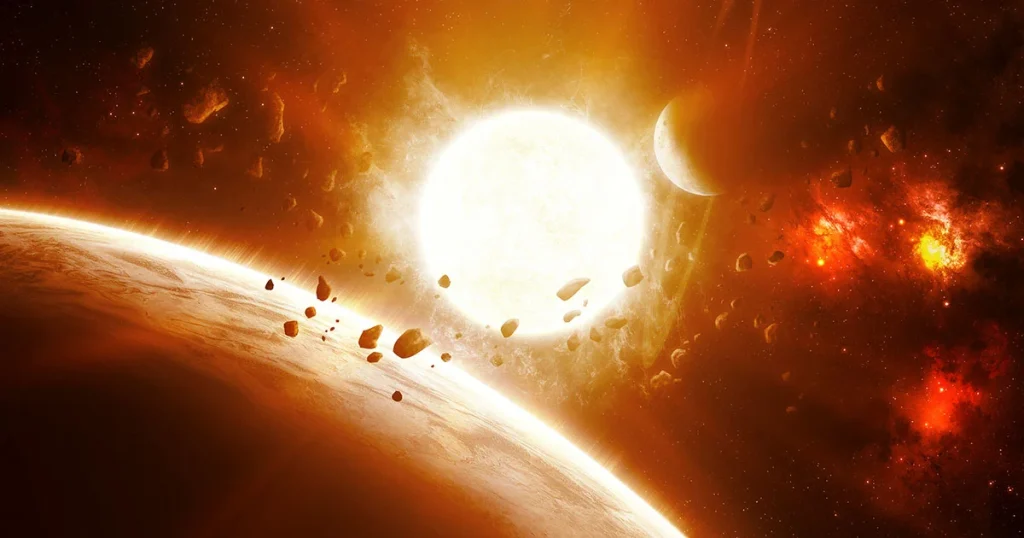The asteroid known as Apophis, approximately 1,100 feet in diameter, has long intrigued astronomers since its discovery in 2004.
Originally calculated to safely bypass Earth during its 2029 flyby, recent findings have slightly shifted those odds, leading to renewed focus and intrigue within the planetary science community.

A study published in The Planetary Science Journal has updated the projections, albeit with the odds of a collision remaining extremely slight—less than one in a billion, according to experts.
While this may not spell immediate disaster, it adds a layer of suspense to the narrative surrounding what is often romantically labeled a ‘mini-apocalypse.’
Named after the Egyptian deity symbolizing chaos, Apophis is not capable of ending human civilization on impact; however, it is indeed large enough to level a city.
The current calculations predict that the asteroid will sail past Earth close enough to pass between our planet and the Moon on April 13, 2029, all without incident.
Still, astronomer Paul Wiegert from Western University in Canada introduces a new dimension to this already fascinating saga.
Wiegert suggests the perceived likelihood of Apophis altering its trajectory stems from potential collisions with small, as-yet-unidentified space objects.
These minuscule asteroids could impact Apophis, setting it on a collision path with Earth.
For instance, an undetected celestial object merely eleven feet in diameter could nudge Apophis significantly enough to pull it closer to Earth.
Prior projections did not incorporate potential encounters with such small-scale forces.
However, dedicated research in March initially concluded that odds for these interactions were essentially nil.
Now, Wiegert has adjusted these calculations, hinting at a fascinating game of celestial billiards where a well-placed collision, even with a two-foot object, might veer Apophis off course—possibly fostering a future impact in 2036 or as distant as 2068.
Despite this updated probability landscape, astronomical predictions hold that any impactful event needs a near-perfect alignment, rendering such a scenario as less than one in two billion.
Furthermore, even with an impact capable of redirecting the asteroid, the chance of a significant course alteration remains less than one in a million.
As Apophis resides in the daylight sky, observational studies have temporarily stalled until 2027.
Scientists express hope that telescopic observations from this period will suffice in affirming whether unseen forces have indeed exerted their influence on Apophis, thus solving the cosmic puzzle and quelling fears.
While the 2029 flyby remains a flagship cosmic event, researchers maintain an optimistic outlook that direct observations will settle any doubts, ensuring the asteroid’s passage remains uneventful.
Until then, the suspense of observation and cosmic interplay keep Apophis on scientific radars around the globe.
